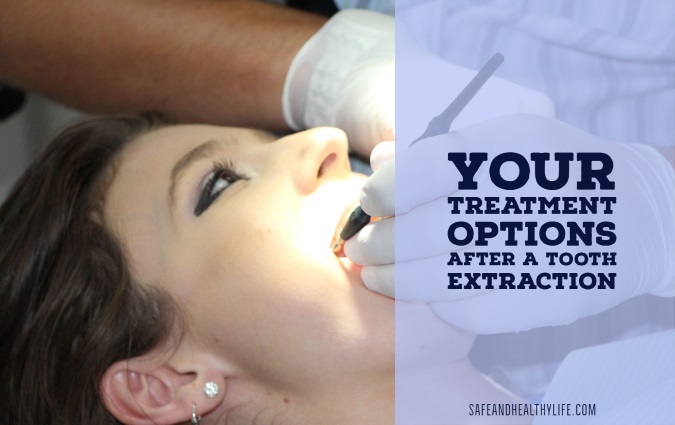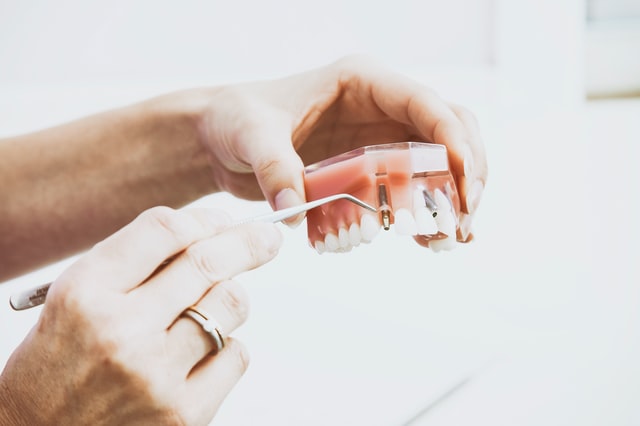
Most dentists will do everything in their power to preserve natural teeth, but there may come a point when an extraction is necessary.
If your dentist in San Diego has recently told you that you might need to have one or more teeth extracted, then you are probably wondering what your restorative treatment options are going to be following that operation.
While removable bridges and dentures can work in some situations, many people now prefer dental implants.
Those devices are more popular than ever, and you might want to consider them if any of your teeth are missing or going to be extracted.
A Quick Look at Semi-Permanent Dentures and Bridges
Dentures, bridges, and other semi-permanent restorative devices have been used for many years, and they have helped countless patients.
While those types of devices are fairly effective in certain situations, they come with some drawbacks as well. When dentures aren’t attached to anything, they can easily slide around in the mouth, and that is why some people find them to be uncomfortable.
As for bridges, putting them in place will require permanent alterations to the nearby teeth. Those are just a few of the reasons why more people than ever are now turning to dental implants.
Benefits of Implants

Photo Credit: Unsplash
If you want to quickly restore the form and function of your smile, then you might be an excellent candidate for dental implants.
One of the biggest benefits of those devices is the fact that many of them last a lifetime with proper aftercare. While the crown could eventually become damaged and stained, you can easily replace it in a quick appointment with your dentist in San Diego.
After your mouth has fully healed following that procedure, your implant is going to look and feel just like a natural tooth.
Many patients even claim that they forget they have implants. Once it is in place, you will be able to eat and speak with confidence. They can also be kept clean and damage-free with nothing more than regular brushing and flossing.
The Two-Stage Implant Process
Getting an implant is usually going to require two separate visits to your dentist. During the first visit, your dentist is going to numb the treatment site with a local anesthetic. They can then implant one or more rods into your jaw.
Over the course of the next few weeks, the rods will fuse with the bone in a unique process known as osseointegration. After the mouth has healed, you can schedule your follow-up appointment to have a custom crown attached to each rod.
Following that appointment, you should be able to eat all of your favorite foods and smile with confidence.
Are Implants Right for Me?
There are a few things that you will need to consider before you get those devices placed in your mouth. One of the most important considerations is the overall state of your teeth and gums.
Well before you get implants, your dentist will need to carefully inspect your teeth and gums to ensure that you are healthy enough for the devices. If you have any serious oral health issues or problems with your jaws, then those might need to be addressed first.
It is also important that you are devoted to maintaining good oral health for the rest of your life. That includes brushing, flossing, and using mouthwash at least a few times a day.
You will need to regularly meet with your dentist as well so that they can keep a close eye on your implants, natural teeth, and gums.
About The Author:
Ann Lewis enjoys the art of writing and has experience in various spheres of the craft. By blending information, with advice and impromptu jokes, she writes articles that not only have something to teach but are also light, easy to read.




